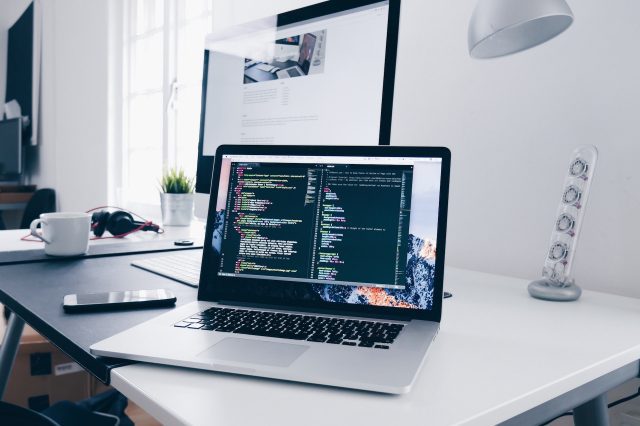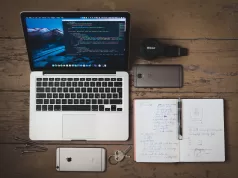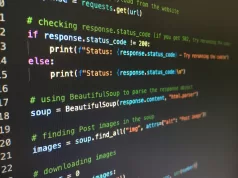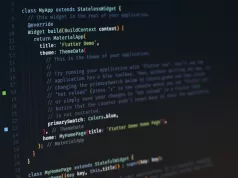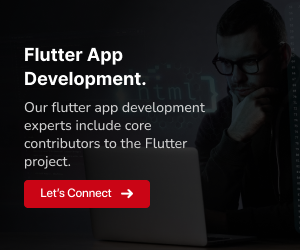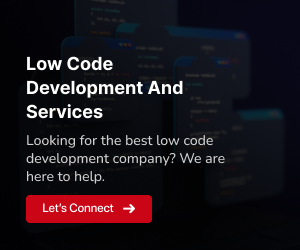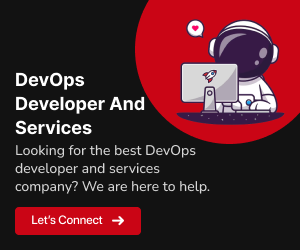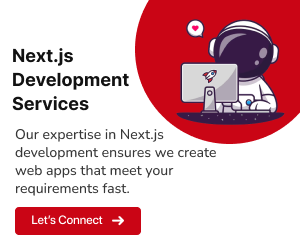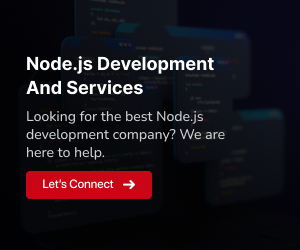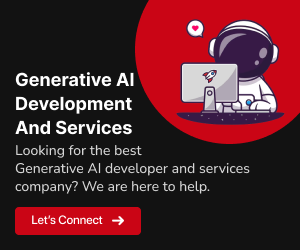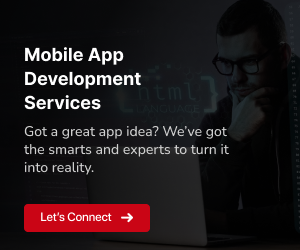Embark on a journey to become a skilled Flutter app developer in the USA. Explore the steps, skills, and resources to carve your path in this dynamic field.
Embarking on a Journey: Becoming a Flutter App Developer in the USA
Discover the transformative journey of becoming a Flutter app developer in the USA. As the app development landscape evolves, Flutter stands at the forefront, empowering developers to craft cross-platform applications that redefine user experiences. From mastering Dart programming and harnessing the power of Flutter widgets to navigating state management intricacies and responsive design principles, this guide is your compass. With Flutter skills in your arsenal, you’ll have the tools to architect captivating user experiences and make your mark in the ever-evolving digital realm. Set out on this transformative path, and let the insights from this guide propel your proficiency, enabling you to shape the future of app development with confidence.
To explore advanced insights into your Flutter app’s performance and user behavior, refer to our guide: Best Mobile App Analytics Tools for Flutter- US guide
Discovering Flutter: A Comprehensive Introduction
Introduction to Flutter
Flutter stands as an open-source UI software development kit (SDK) crafted by Google. It’s designed to build natively compiled applications across mobile, web, and desktop platforms using a single codebase. This innovative toolkit empowers developers to construct dynamic and expressive user interfaces.
Why Choose Flutter?
Embarking on the journey to learn Flutter opens doors to a realm of possibilities for creating remarkable and high-performing applications. This framework offers rapid development cycles, real-time updates through hot reload, and a rich library of pre-designed widgets that simplify the creation of intuitive UI/UX designs. As a cross-platform solution, Flutter streamlines development by allowing you to write code once and deploy it universally.
Key Concepts to Grasp Before Learning Flutter
Foundations of Programming:
Before immersing yourself in Flutter, ensure a strong foundation in programming basics. This includes understanding variables, data types, loops, and conditional statements – fundamental building blocks for comprehending more intricate Flutter concepts.
Object-Oriented Programming (OOP):
Mastery of object-oriented programming principles – classes, objects, inheritance, and polymorphism – is vital for Flutter development. These principles enable the creation of organized and modular code, enhancing the maintainability of your Flutter applications.
Dart Programming Language:
Dart serves as the language underpinning Flutter’s development. Familiarize yourself with Dart’s syntax, data structures, and functions. Focus on asynchronous programming and Future objects, critical for managing asynchronous tasks in Flutter apps.
Principles of UI/UX Design:
Although Flutter supplies an extensive array of pre-designed widgets, familiarity with UI/UX design principles enhances your ability to craft visually appealing and user-centric interfaces. Learn about layout design, typography, color theory, and responsive design to create compelling user experiences.
Working with APIs and Web Services:
Many Flutter apps require interaction with APIs and web services for data management. Acquire skills in making HTTP requests, parsing JSON responses, and handling data asynchronously. Understanding the concepts of RESTful APIs is advantageous.
By strengthening your grasp of these foundational concepts, you’ll navigate the world of Flutter development with confidence. As you embark on your learning journey, remember that Flutter’s vibrant community and comprehensive documentation serve as invaluable resources to support your mastery of this versatile framework.
Discover the comprehensive features that Flutter offers for creating stunning and highly functional apps in our detailed guide: Top Industries Benefiting from Flutter App Development in the USA
Mastering Flutter Development: Key Areas to Explore
Once you’ve established a strong foundation by familiarizing yourself with the essential concepts mentioned earlier, you’re ready to dive into the world of Flutter app development. Here are the key areas you should explore to become a proficient Flutter developer:
Flutter Widgets and UI Components
Understand the vast array of Flutter widgets and UI components available for creating visually appealing interfaces. Learn to customize and compose widgets to build engaging user interfaces that cater to various screen sizes and orientations.
State Management Techniques
Explore various state management solutions like Provider, BLoC, and MobX to effectively manage the state of your Flutter app. Understanding how to handle state changes is crucial for building responsive and interactive applications.
Navigation and Routing
Learn how to implement efficient navigation and routing within your Flutter app. Familiarize yourself with techniques for navigating between different screens, passing data, and creating a seamless user experience.
Asynchronous Programming
Build expertise in asynchronous programming using Dart’s Future and Stream concepts. Master handling asynchronous operations, making API requests, and managing data flow within your Flutter applications.
Material Design and Cupertino Widgets
Explore the Material Design and Cupertino design languages for creating visually consistent and platform-specific user interfaces. Learn how to use widgets that align with these design languages to deliver a native-like experience on both Android and iOS.
Integrating Third-Party Packages
Discover the vast ecosystem of third-party packages available for Flutter development. Learn how to integrate these packages to add functionalities like animations, networking, database interactions, and more to your Flutter apps.
Testing and Debugging
Acquire skills in testing and debugging Flutter applications to ensure their reliability and stability. Learn to write unit tests, widget tests, and integration tests, and use debugging tools to identify and resolve issues.
By focusing on these key areas, you’ll gradually build your expertise in Flutter development and be well-prepared to create engaging and high-quality applications that cater to a wide range of user needs and preferences.
Embarking on Your Flutter Journey: Navigating the Path to Mastery
As you conclude your exploration of Flutter development, you’ve embarked on a journey that promises innovation, creativity, and boundless potential. With a solid foundation in essential programming concepts and a grasp of Flutter’s core principles, you’re well-prepared to advance your skills and create impactful applications that resonate with users across platforms.
FAQs: Answering Your Queries about Becoming a Flutter Developer
Q1: Is it necessary to have prior programming experience before learning Flutter?
A1: While prior programming experience is beneficial, Flutter is also beginner-friendly. Understanding programming fundamentals will help you grasp Flutter concepts more effectively.
Q2: Can I specialize in specific areas of Flutter development?
A2: Absolutely. Flutter offers a wide range of specializations, including UI design, state management, animations, and more. Choose areas that align with your interests and goals.
Q3: What resources can I utilize to further enhance my Flutter skills?
A3: Apart from official documentation, online tutorials, and courses, you can join Flutter communities, attend workshops, and engage in real-world projects to hone your skills.
Q4: How long does it take to become proficient in Flutter?
A4: The duration varies based on your dedication, prior experience, and the complexity of projects. Continuous learning and practice are key to becoming a proficient Flutter developer.
Q5: Can Flutter developers work remotely or freelance?
A5: Yes, Flutter development offers ample opportunities for remote work and freelancing. Many companies and clients actively seek skilled Flutter developers for their projects.
Q6: How does Flutter compare to other mobile app development frameworks?
A6: Flutter’s unique combination of expressive UI, single codebase for multiple platforms, and hot reload sets it apart. It offers efficient development and seamless user experiences.
Q7: What’s the job outlook for Flutter developers in the USA?
A7: The demand for Flutter developers is on the rise as more businesses adopt Flutter for app development. This presents a promising job market with a range of opportunities.
Q8: Can I contribute to the Flutter community as a developer?
A8: Absolutely. The Flutter community welcomes contributions through code, documentation, and participation in open-source projects. It’s a great way to give back and enhance your skills.
Q9: Are there advanced concepts to explore beyond the basics?
A9: Yes, after mastering the fundamentals, you can delve into advanced topics like custom animations, platform-specific integrations, performance optimizations, and more.
Q10: How does Flutter handle app performance and optimization?
A10: Flutter’s high-performance rendering engine and native-like performance make it a robust choice. Additionally, optimizing code and using Flutter’s performance tools further enhance app speed.
As you embrace the world of Flutter development, remember that your journey is uniquely yours. With curiosity, determination, and continuous learning, you’ll find yourself creating innovative and impactful Flutter applications that leave a mark on the digital landscape.




